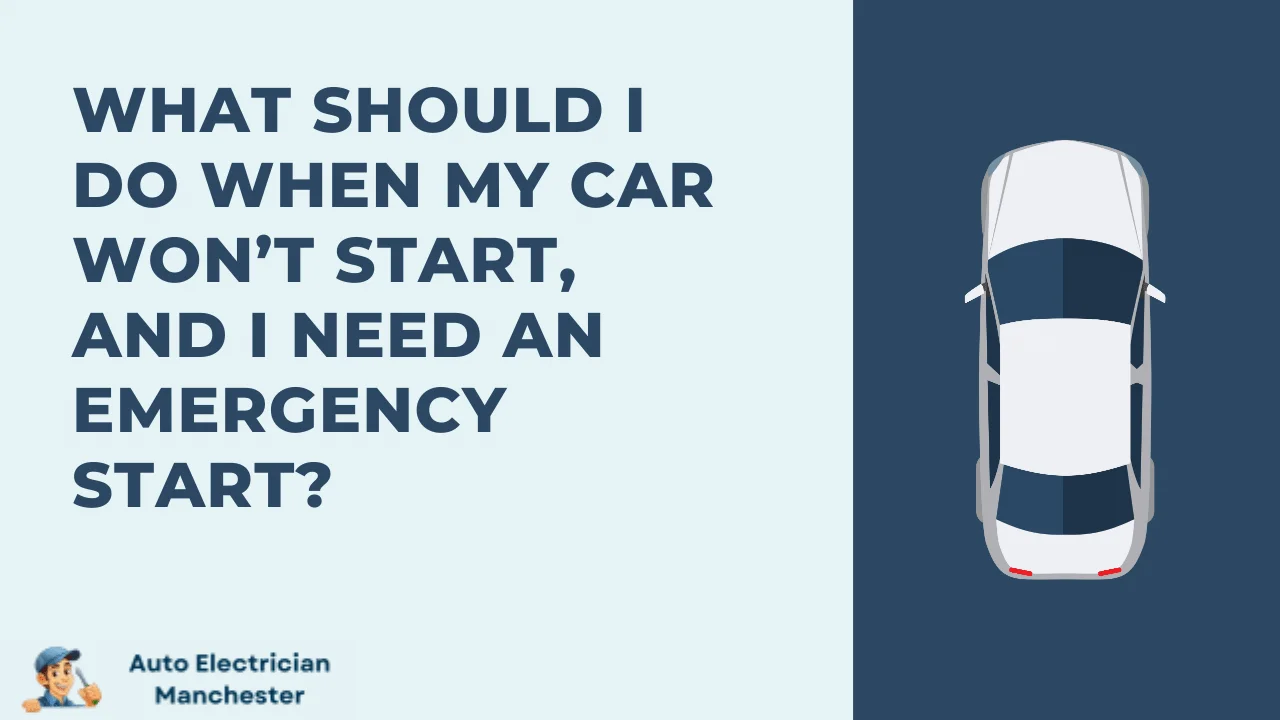
A dead car battery can be a frustrating experience, especially when you’re in a rush or stranded in an inconvenient location. But before you call for a tow truck, take a deep breath! In many cases, a jump start from a good Samaritan with a healthy battery can get you back on the road quickly and safely.
This guide will equip you with the knowledge and confidence to handle a dead battery situation. We’ll walk you through the steps of jump-starting your car, address common concerns, and answer frequently asked questions.
Understanding Jump Starting
A jump start provides your car’s dead battery with a temporary jolt of electricity from a healthy battery in another vehicle. This surge of power allows your engine to crank and hopefully start normally. Once the engine is running, your car’s alternator takes over, recharging your battery as you drive.
Laying the Groundwork for a Successful Jump
Before diving into the process, prioritizing safety is paramount. Here’s what you need to do:
Park Smart: Find a level, stable surface away from traffic. Engage the parking brakes on both vehicles to prevent accidental rolling.
Power Down: Ensure both cars are completely switched off with all electrical components (lights, radio) turned off.
Mind the Gap: Maintain a safe distance between the two vehicles to avoid accidental contact during the jump-start process.
Assembling Your Jump Start Arsenal
Now that safety is assured, let’s gather the tools you’ll need:
Jumper Cables: These are typically red (positive) and black (negative) cables with clamps on each end. Ensure the cables are in good condition, with no cracks or frayed wires.
Owner’s Manual: Having your car’s manual on hand can be a lifesaver, especially if you need help locating specific battery terminals or grounding points.
Connecting the Cables
Follow these steps meticulously to ensure a safe and effective jump start:
Positive Connection: Begin by connecting the red clamp (positive) of your jumper cables to the positive terminal of the donor car’s battery (marked with a plus sign “+”).
Matching the Positive: Next, connect the other red clamp to the positive terminal of your car’s battery.
Grounding the Black Clamp: Crucially, don’t connect the black clamp to the negative terminal of your dead battery yet! Locate a clean, metallic grounding point on your car’s engine block away from the battery (consult your owner’s manual for specifics). This could be a bolt or bracket. Connect the black clamp to this grounding point, not the negative terminal.
Start the Donor Car: Start the engine of the car with the good battery and let it run for a few minutes. This allows the battery to charge slightly and provide a stronger surge of power.
Starting and Disconnecting
Start Your Engine: With the donor car running, attempt to start your car. If it cranks but doesn’t start immediately, be patient and give it a few tries.
Let Engines Run: Once your car starts successfully, let both engines run for a few minutes to allow your battery to receive some charge from the alternator.
Disconnect in Reverse: Now, it’s crucial to disconnect the cables in the reverse order they were connected:
Begin by removing the black clamp from your car’s grounding point.
Then, disconnect both red clamps from the positive terminals of each battery.
Rev and Recharge: Keep your car running for at least 15 minutes to allow the alternator to recharge your battery. If the problem persists after driving for some time, your battery might need replacement.
Troubleshooting Jump Start Issues
Sparks During Connection: Minor sparks are relatively common when connecting the cables. However, excessive sparking indicates a loose connection. Tighten the clamps and retry the process.
Car Cranks but Doesn’t Start: If your car cranks but doesn’t start after several attempts, the issue might lie beyond a dead battery. It could be a problem with the starter motor, spark plugs, or other components. In such cases, seeking professional assistance is recommended.
Accidentally Connected Cables Backwards: If you accidentally connected the cables backward, don’t panic! Disconnect the cables immediately and wait for at least 15 minutes before retrying the process correctly. In most cases, there won’t be any permanent damage.
Jump Starting Additional Vehicle Types
While the core process of jump starting remains similar across most gasoline-powered vehicles, there might be slight variations for certain car types. Here’s a quick guide for specific scenarios:
Jump Starting Newer Cars: Modern vehicles are often equipped with complex computer systems. While a jump start is generally safe, consult your owner’s manual for any specific recommendations or warnings before proceeding. Some manufacturers might advise against jump starting altogether and recommend professional service to avoid potential electrical issues.
Jump Starting Hybrid and Electric Cars: Due to their unique battery systems, jump starting hybrid or electric vehicles is not recommended. These cars rely on high-voltage batteries that can be dangerous to handle without proper training. If your hybrid or electric car has a dead battery, refer to your owner’s manual for specific instructions on how to proceed. Many hybrids have a small backup 12-volt battery that might be jump-startable, but this is only for powering electronics and won’t start the engine.
Jump Starting a Car with a Dead Battery in Cold Weather: Cold weather can make a weak battery even weaker. If you’re jump starting in cold conditions, try warming the donor car’s battery by letting it run for a few minutes before connecting the cables. This can improve the effectiveness of the jump start.
When to Call for Assistance?
If you’re uncomfortable performing a jump start yourself, hesitant about your car’s specific requirements, or encounter any complications during the process, don’t hesitate to seek professional help. Here are some situations where calling a tow truck or roadside assistance service might be prudent:
Visible Battery Damage: If the battery casing is cracked, leaking, or bulging, it’s unsafe to attempt a jump start. Call for assistance to avoid potential hazards like acid spills or fires.
Multiple Jump Start Attempts Fail: If several attempts to jump start your car are unsuccessful, it might indicate a more significant issue beyond a dead battery. A mechanic can diagnose the problem and recommend the necessary repairs.
Uncertain about Cable Connection Points: Modern vehicles might have different layouts for battery terminals and grounding points compared to older models. If you’re unsure about the correct connection points in your car, consult a professional to avoid risking damage to electrical components.
Conclusion
A dead car battery can be an inconvenience, but a jump start can get you back on the road quickly in most cases. By following the steps outlined above and prioritizing safety, you can handle a jump start situation with confidence. If you’re unsure about any aspect of the process or encounter difficulties, don’t hesitate to call for professional assistance. Remember, preventive measures like regular battery checks and maintaining good driving habits can go a long way in avoiding dead battery situations altogether.
FAQ
Can I use a portable jump starter instead of another car?
Yes, portable jump starters, also known as power banks, can be a convenient alternative to using another car for a jump start. These devices are compact and provide enough power to revive most dead car batteries.

David Mack is a seasoned writer with a passion for the auto electrician niche. With years of hands-on experience and a knack for demystifying complex topics, David brings practical insights to his readers. Whether you’re a professional or a car enthusiast, his engaging articles offer valuable tips and trends in auto electrical systems.
